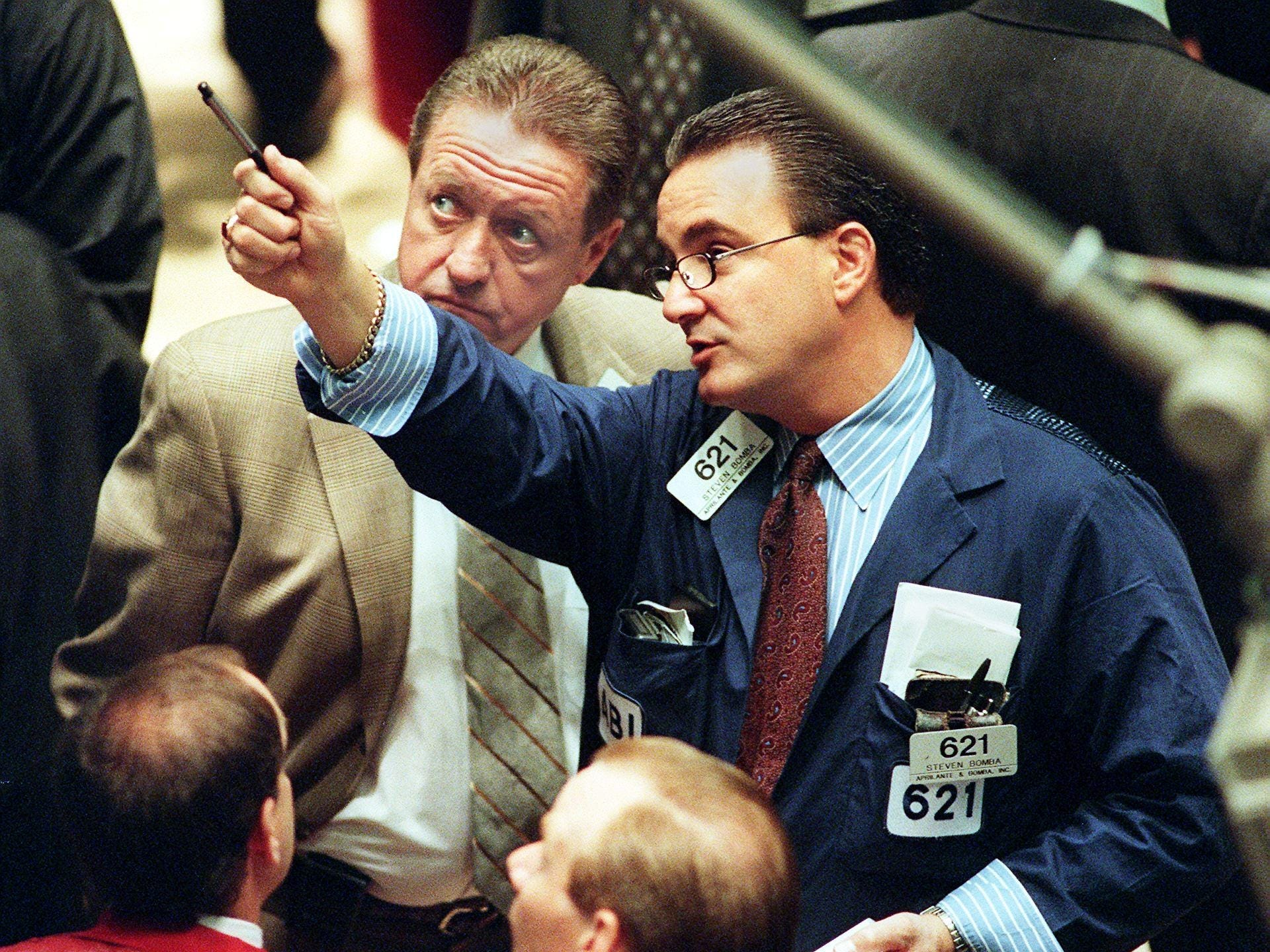- Michael Kean is a skilled trader profiled in Jack Schwager’s book “Unknown Market Wizards.”
- His investment style combines buy-and-hold investing with short-term trading and shorting.
- Kean breaks down his stock-picking strategy and shares four pieces of advice for future traders.
Michael Kean was just about five years old when the retail-driven stock market boom in New Zealand popped at the same time as the 1987 crash in the US.
Within six months, the New Zealand stock market plunged 50%. But Kean’s parents escaped the crash by a year and made enough money in the market to buy a farm, according to Kean, who is profiled in Jack Schwager’s new book “Unknown Market Wizards.“
While the New Zealand stock market didn’t recover to the old highs for over 20 years, the story of his parents’ windfall stuck with him as he was growing up. He got into investing as a university student and landed in London in the depths of the 2008 financial crisis, hoping to find a market-related job.
Kean never found that job but picked up a three-month contracting gig that got extended to four years. The job had a flexible work-from-home policy, which allowed him to become a full-time trader while still paying rent.
Two years after arriving in London, he set up Steel Road Capital to manage money for friends and family on the side.
In the ten years since the firm was launched, Kean still operates a one-man shop that manages just $8 million in assets while averaging a 29% annual compounded return (before management fees), almost tripling the S&P 500's 11% return during the same period. He told Schwager that he didn't have any ambitions to manage large sums of money.
Shorting pump-and-dump stocks
Kean's first significant success in investing was shorting pump-and-dump stocks on the over-the-counter markets. He zeroed in on these stocks because they would go up to $5 or $10 from 50 cents "on virtually nothing and then collapse in a day."
"The critical catalyst was when the stock couldn't close up for the day; that would signal the pump was struggling, and the move was over," Kean said, adding that after the first down day, these stocks could plunge 60% to 70% the next day.
While Kean never had a significant loss in shorting these stocks, he stopped using the strategy after the Securities and Exchange Commission eventually took notice of the widespread fraud pumping the stocks and became more active in halting trading.
Kean's unique long/short strategy
Today, Kean blends a unique mix of buy-and-hold investing (about 60% of his portfolio) and short-term event trading (40% of the portfolio), which is 70% on the short side.
His niche is in trading small-cap biotech stocks because they are largely driven by critical catalysts such as clinical trial success or failure. He said investors can trade them based on these "make-or-break" events by focusing on patterns and without necessarily being biology experts.
In a healthy market, Kean said he would buy small-cap biotech stocks two or three months "before the hype started, before brokers started issuing upgrades on the stock, and before retail clients started buying on the prospect that the stock could skyrocket if the trial results were successful."
He would then sell these stocks right before the trial results were announced. Some stocks would double simply on the expectation of the announcement, but if not exited in time and the results announcement came unexpected, investors could lose 60% or 70% on the stock.
As Schwager said, Kean's unique hedging method, which is by shorting small-cap biotech stocks, is "not applicable or advisable for most traders." However, his strategy of buying large-cap stocks when they are getting hammered due to "indiscriminate selling" might be more pertinent to fellow traders.
One example he used is German chemical and pharmaceutical maker Bayer, which had acquired Monsanto over two years prior. Shortly after the deal, Monsanto was accused of having produced weed killers that caused cancer.
Kean told Schwager that the stock was trading at a 40% to 50% discount to average historical valuation levels because the market was arguably pricing in €30 to €40 billion of potential legal liabilities.
"The way I see it, assuming a €30 billion - €40 billion liability is pretty outrageous," he said. "Other than for tobacco, there has never been any settlement larger than €10 billion. I expect that the Monsanto settlement will be closer to €5 billion to €10 billion."
Indeed, in June last year, Bayer said it would pay more than $10 billion to settle the thousands of lawsuits against Monsanto.
4 pieces of advice for traders
Kean's track record has stood the test of time not only because of his adaptability in short-term trading and long-term investing but also his rigorous risk management process.
In a recession where the market typically falls 20% to 30%, he does not rule out the possibility of his long portfolio losing about 12% to 18%, but he would expect his short-term trading and short position to cover his losses.
"The concept of building a portfolio of uncorrelated and inversely correlated positions lies at the heart of Kean's trading philosophy," Schwager said. "Traders need to not only focus on their trades but also pay attention to how these trades combine in a portfolio."
Kean himself also has four pieces of advice for anyone who would like to become a trader.
1. You need to be persistent. Realize that it is a long road to develop a decent edge.
2. You need to know your edge and develop your trading process around that edge.
3. You need to be great at learning from your mistakes. Analyze every mistake you make until you learn something from it and then incorporate what you learn into your process.
4. You need to love trading so that you can get through the tough times.

